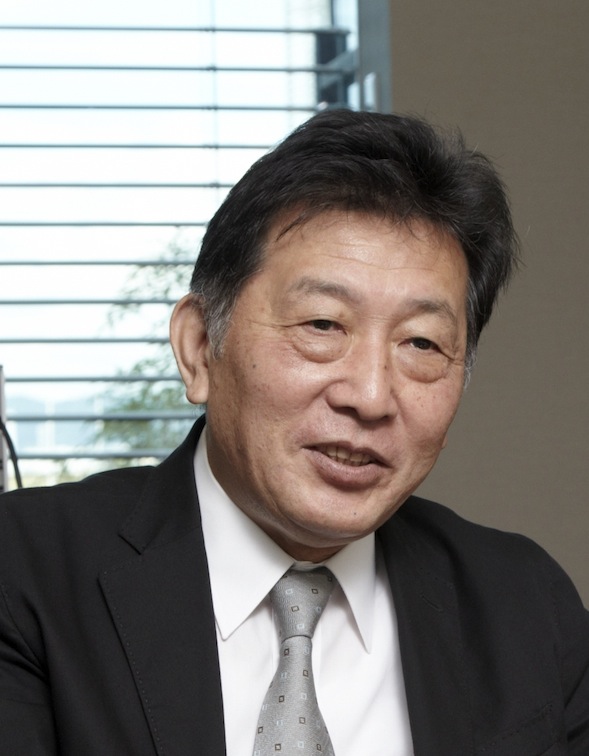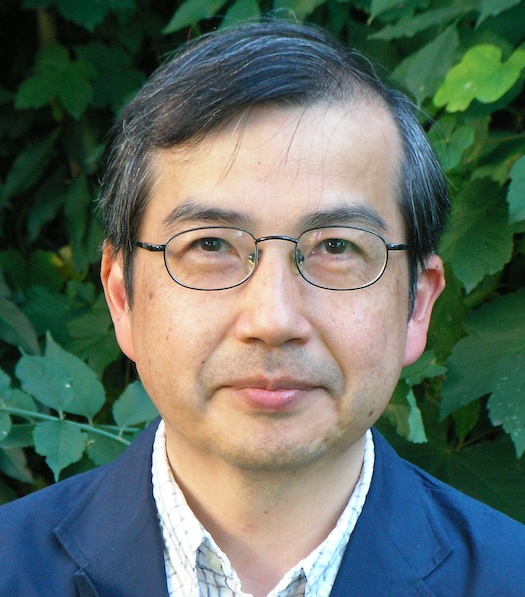Special Lectures
By alphabetical order (last name)
 |
Machine Learning Approaches in Probing Neural Control of Skilled and Disordered Movements in Music Performance
|
| Abstract: The human motor system has redundant number of degrees of freedom (joints and muscles), which enables a variety of movement production. Body movements change in relation to task demand, intention, learning, and development of disorder. To decode them through examining movements provide insights into neural and biomechanical principles governing skilled, unskilled, and disordered movements, an approach referred to as “reverse engineering”. We have tried to address this issue by studying the upper-extremity movements of healthy pianists, pianists with focal hand dystonia, and non-musicians using machine learning techniques. The presentation will focus on introducing effectiveness and usefulness of multivariate and cluster analyses for probing neural control of skilled and disordered motor behaviors. For example, principal component analysis and EM algorithm successfully identified a smaller number of hand movement patterns while pianists were playing variety of musical pieces, which simplified the control of the movements of multiple degrees of freedom at the hand. Linear regression analysis and K-means clustering also allowed for characterizing individual differences across players according to the movement strategy to manipulate several acoustic variables during piano keystrokes. This also determined muscles with a high risk of repetitive strain injuries for individual pianists, which would be of help for the prevention of such movement disorders. Supervised classification techniques such as naïve Bayes and support vector machine turned out to be capable of specifying a finger affected by focal dystonia based on spatial and temporal features of individuated finger movements, which implicates that these techniques are applicable for accurate clinical diagnosis. These findings suggest strong potentials of an inter-disciplinary approach linking machine learning and movement science for helping people who need outstanding motor skills. Biography: A post-doctoral fellow at Institute for music physiology and musicians’ medicine (IMMM), Hannover university of music, drama and media (HMTMH), Germany. At Osaka University, he earned a bachelor degree at Department of Engineering Science, master degree at Graduate School of Human Science, and PhD at Graduate School of Medicine. After working with 3D motion capture projects at Kwansei Gakuin University, he started to work at Department of Neuroscience in University of Minnesota, where he studied sensory-motor control of finger movements in piano playing. His research focus ranges from biomechanics and motor control of skilled, unskilled, and disordered movements in piano playing through development of diagnosis and neuro-rehabilitation techniques for focal hand dystonia, a neurological disorder that potentially terminates professional careers of musicians. His expertise includes dynamic analysis of multi-linked body movements by using inverse and forward dynamics techniques, multivariate analysis to probe neural mechanisms behind control of redundant number of joints and muscles, system development for real-time manipulation of auditory feedback in musical performance, and clinical intervention using brain stimulation. He received awards including a finalist of young investigator award of International Society of Biomechanics (ISB), scholarship winner of Society of Neural Control of Movement (NCM), JSPS Research Fellowship for Young Scientists, Research Fellowship for Postdoctoral Researchers by Alexander von Humboldt Foundation, and JSPS Postdoctoral Fellowship for Research Abroad. Currently, he works as a guest associate editor at Frontiers in Human Neuroscience and Frontiers in Auditory Cognitive Neuroscience. As a pianist, he won prizes at several professional piano competitions such as Kobe International Piano Competition and Japan Classical Music Competition. (website) www.neuropiano.net |
|


